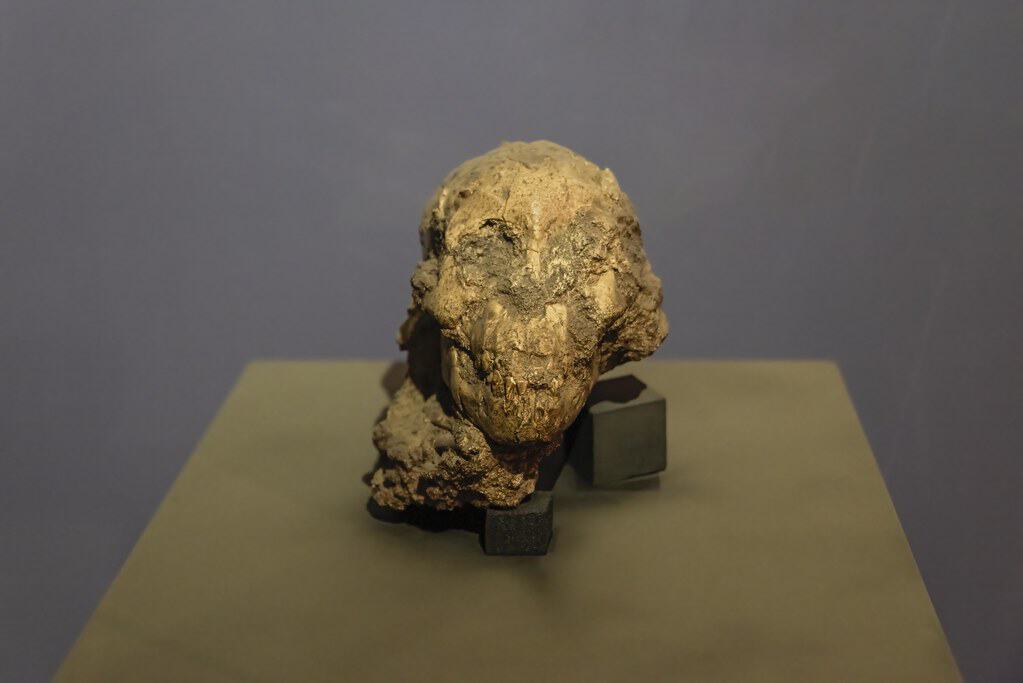
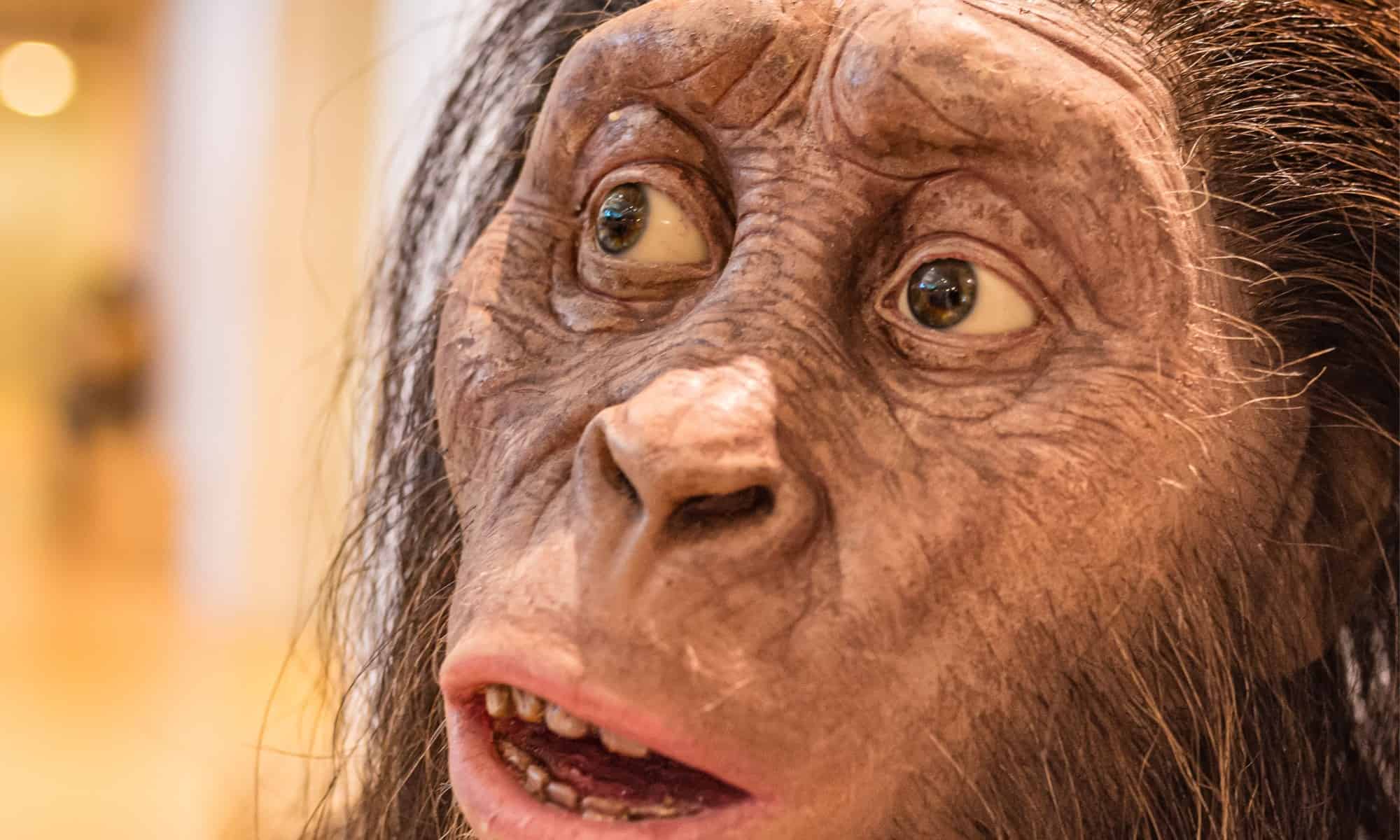
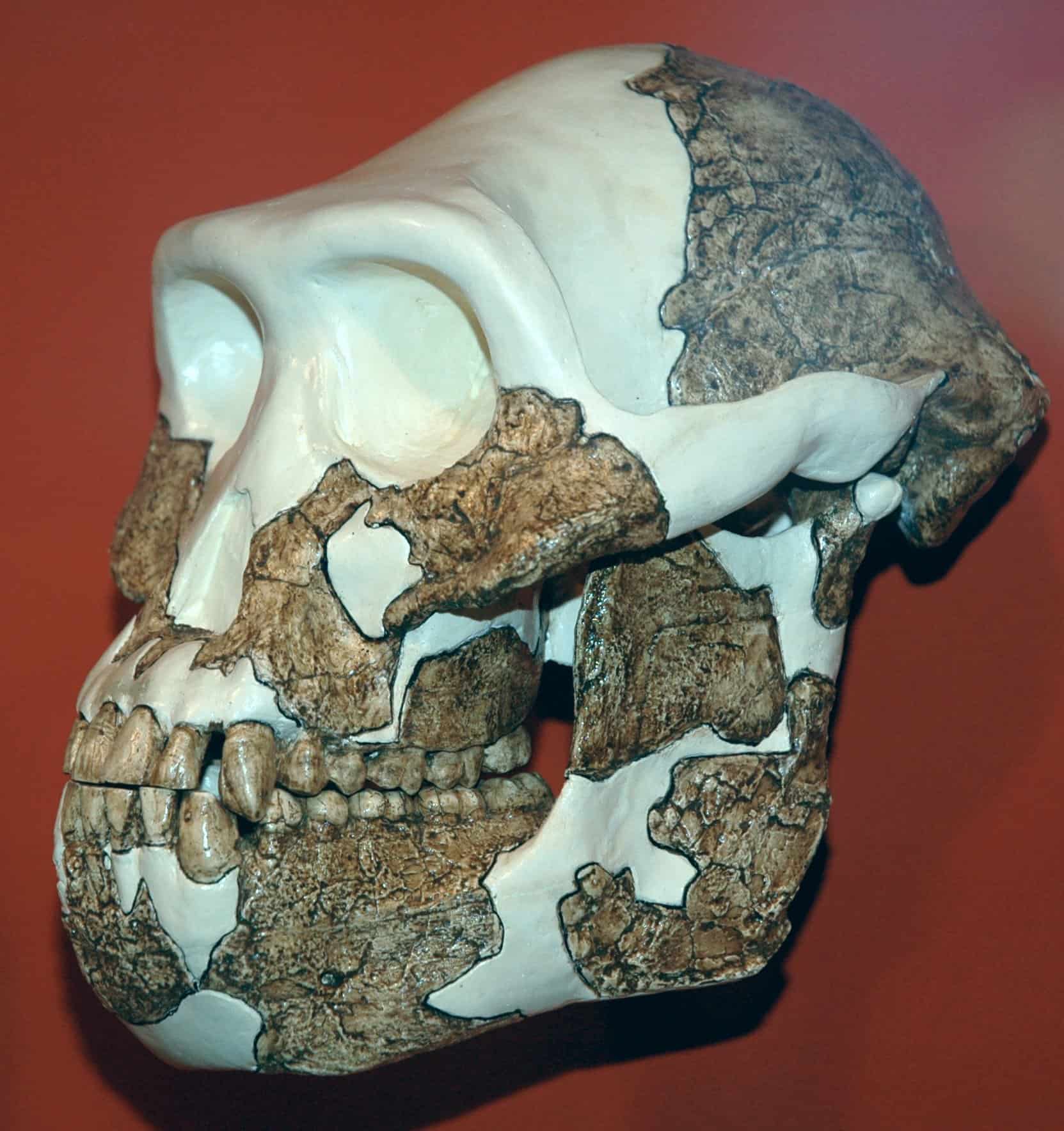
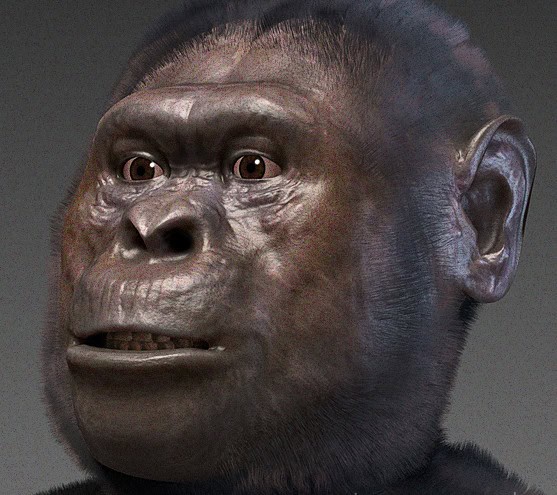

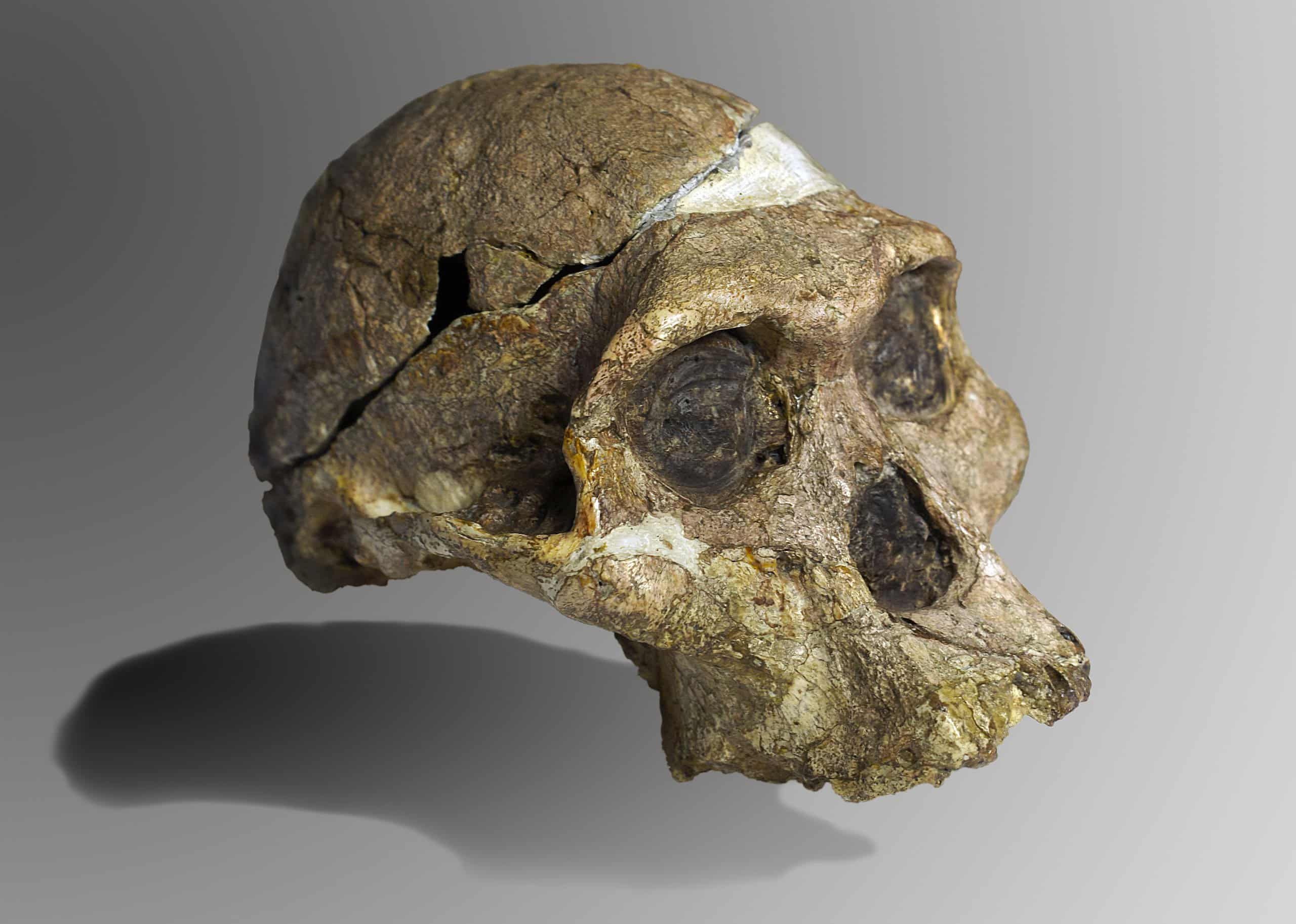
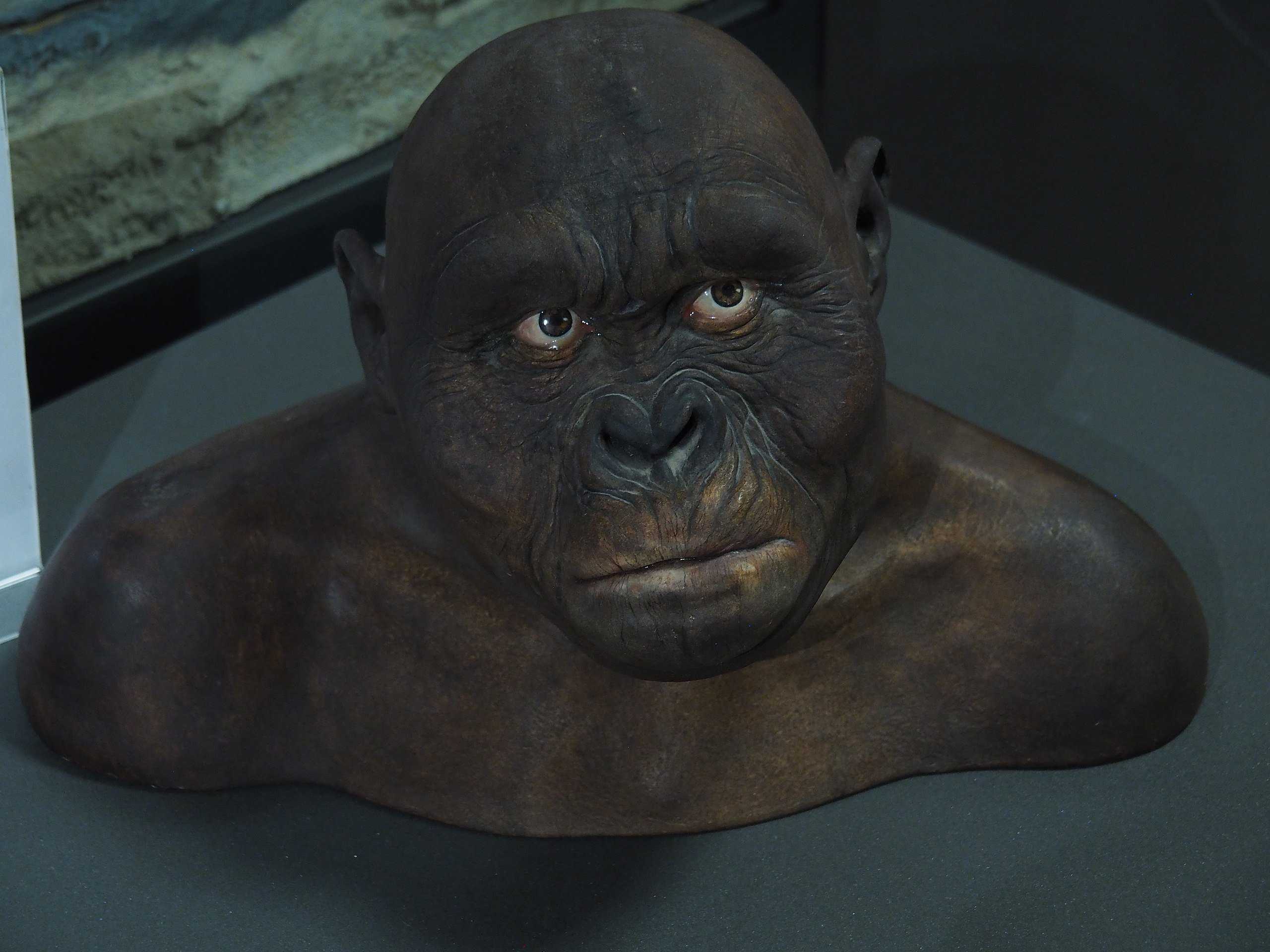
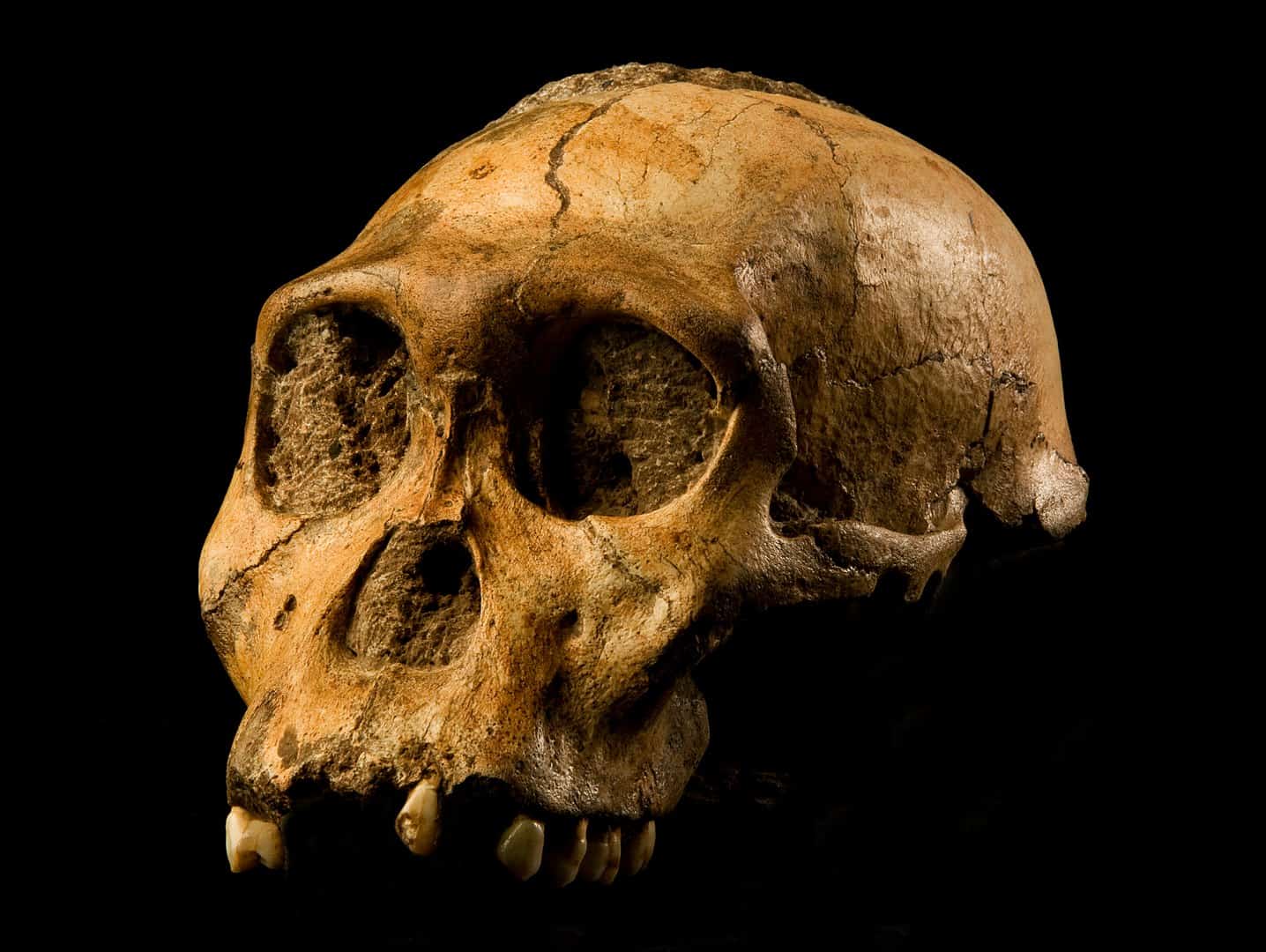


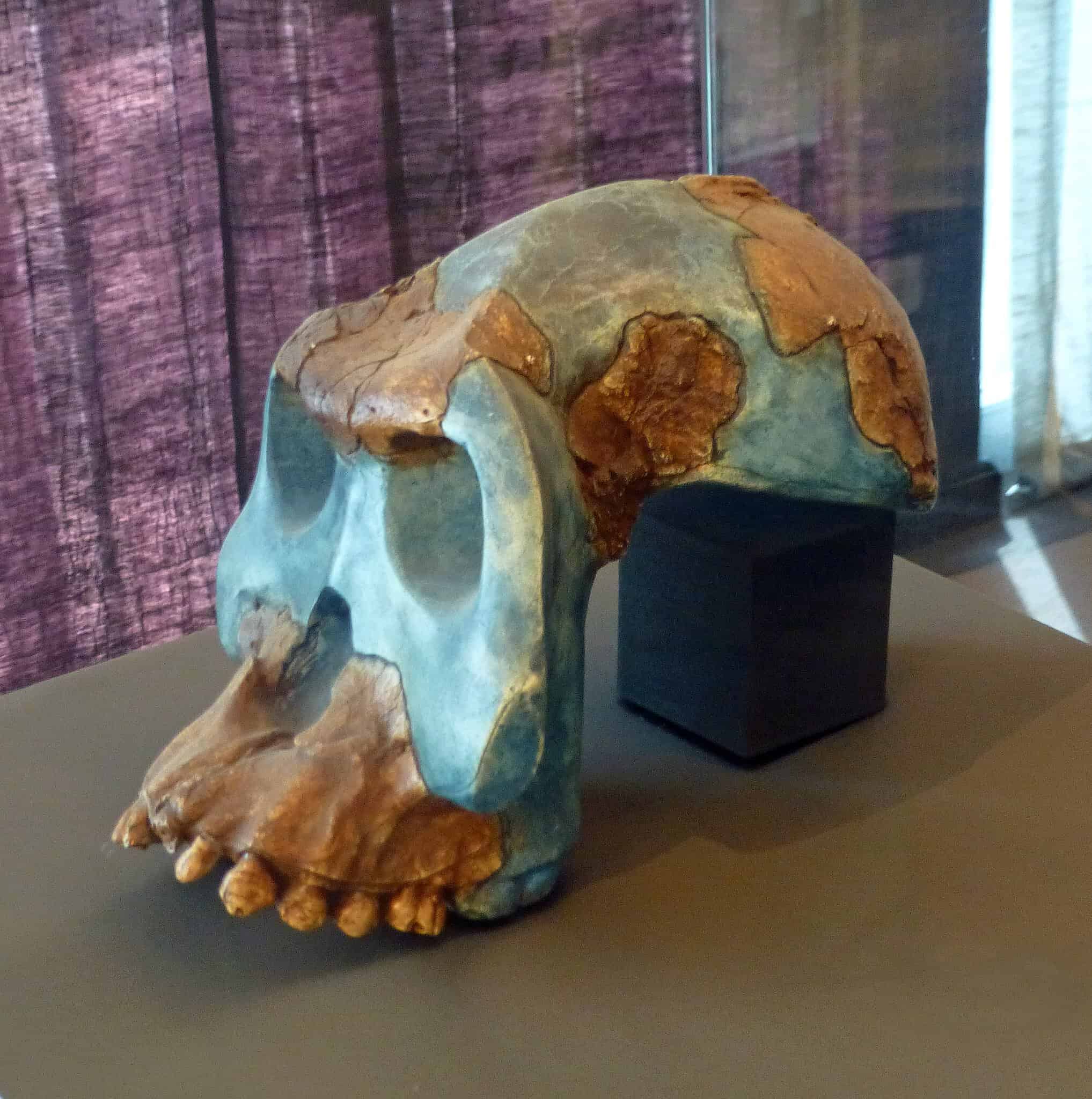
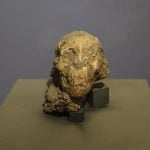
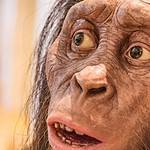
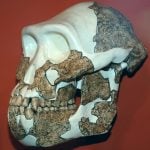
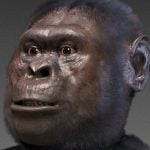

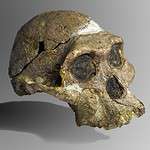
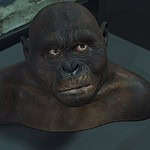
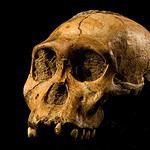
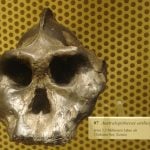

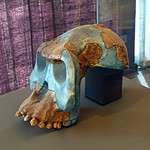
Is This Great Ape an Ancestor of Mankind?
Natural history is a difficult thing to conceptualize. You've got eons of undocumented progress, like the evolution of many species. Take, for example, the Australopithecus, an ancient great ape similar in development to homo sapiens. Today, we will look at the facts surrounding the Australopithecus and determine whether this is one of mankind's common ancestors.
Everything to Know About Australopithecus
The name of this genus means southern ape. It is an extinct group of early humans. Scientists have classified the Australopithecus as a hominid genus. They belong to the Hominidae family. Australopithecus appeared and evolved before the genus Homo.
The features of this hominid were a combination of apelike and human-like. Their arms were longer, which scientists believe was for climbing. Their brains were smaller than a human's, more like those of modern apes. They appeared more apelike, with jutting jaws and sloping faces.
Skeletal evidence shows that these hominids walked upright. The teeth of some Australopithecus species were human-like, showing that human ancestors learned to walk upright even before their brains grew larger. Their back teeth were bigger than those in modern humans, and their canines were smaller than those in apes.
Australopithecus anamensis
Australopithecus anamensis had human and ape traits. The upper part of the tibia was expanded, and the orientation of the ankle bone indicated walking on two legs. Specialized wrist features and long arms showed evidence of climbing. In addition, this particular species had a protruding face with a narrow braincase and thick enamel.
Australopithecus afarensis and Australopithecus garhi
At least 400 fossil specimens represent Australopithecus afarensis. This species had human-like and apelike features. The snout, dentition, and dental arch resemble an ape. The cranial capacity is one-third that of a modern human.
Australopithecus afarensis walked on two feet. Their ankles, hips, pelvis, and knees were similar to modern humans'. This species' curved toes and fingers reminded them of their apelike ancestors. The upper limb was longer than the lower limb, and the spine had curvatures similar to a human spine.
Australopithecus garhi
Australopithecus garhi shares some traits with Australopithecus afarensis, but the cheek teeth are larger. A crest ran along the braincase's midline. This species is believed to have been alive in regions around Ethiopia around 2.6 to 2.5 million years ago and is thought to have been a direct ancestor of the human line. However, other scientists indicate it's more of an offshoot than a direct line.
Australopithecus africanus
Many specimens of this species have been unearthed. One was a child in Africa, and the others came from Makapansgat, South Africa. A common characteristic in these remains is the absence of stone tools. The cheek teeth are expanded, and the jaw size increases. Other changes to the skull help in chewing challenging pieces of food.
Lucy
Lucy was the name given to one of the very first unearthed hominin fossils. She became famous. Scientists were able to find 40% of her whole body. Back then, she was the most complete early hominin that was discovered. It took weeks of excavation to unearth 47 bones out of the supposed 207. Most of the foot and hand bones were missing.
The pelvic bone's shape showed that Lucy was a female. She was 1.05 meters in height and weighed about 28 kilograms. Some bones were fused, and an erupted wisdom tooth showed Lucy was a young adult.
The reason for Lucy's death was a fall from a great height. This was evident in the CT scans of her arms and shoulder joint. It was as if Lucy had reached out to stop her fall somehow. The bone breakages were before her death, not as the bones deteriorated and fossilized.
Researchers also add that the injuries were bad enough that Lucy's internal organs could also have experienced trauma. Experts concluded that Lucy died falling from a tall tree. Some scientists believe that Lucy could have been trampled by stampeding herd animals after she died.
Australopithecus sediba
The first specimen for this species was a young male hominin's collarbone and jawbone. The scientists unearthed it in the Malapa Caves of South Africa. They also recovered two incomplete hominin skeletons: complete hand and arm skeletons belonging to an adult female and the cranium belonging to a young male.
Evidence shows that Australopithecus sediba is a direct descendant of Australopithecus africanus. The specimens had a combination of apelike and human-like traits. The thumb of the adult female indicated that Australopithecus sediba may have used simple or stone tools. Evidence also shows that this species might be the earliest ancestor of modern humans.
Australopithecus aethiopicus
This species used to be called Paranthropus aethopicus. It is the earliest of all robust australopiths. Robust means having extremely large cheek teeth, a thick mandible, and a crested cranium. These species are classified as Paranthropus.
This species of Australopithecus exhibited powerful chewing abilities. One fossil found in the Omo River of Ethiopia showed that these early humans were well-adapted to eating hard and tough food. The specimen was called the Black Skull. This fossil had very large premolars and molars. It also has a bladelike sagittal crest, thick palate, and massive cheekbones. It had large front teeth and a protruding lower face.
Australopithecus boisei and Australopithecus robustus
These species of Australopithecus are known for their robustness. Their temporal muscle was attached to their fully developed skull crest. This feature, combined with massive cheek teeth, powerful cheekbones, and thick jaws, allowed them to chew tough food items. These exaggerated chewing traits made their heads very different from modern human heads. Australopithecus boisei was classified as hyper-robust.
Scientists suggest that this genus lived at the same time as the genus Homo. Even so, they lived in different habitats. The body of a robust Australopithecus was small, but its brain was larger than that of the Australopithecus africanus. Their fossils were found with mammals that lived in dry grasslands. This proved that the robust Australopithecus were grass eaters.
The Changes in the Anatomy of Australopithecus
Bipedalism in Australopithecus means their hands were no longer used for locomotive activities. This separated the hominins from the apes. Even so, scientists are still wondering about the advantages that bipedalism brought Australopithecus. Recent studies show that it may be because of the following:
- Freeing their hands might have allowed them to carry more food.
- It was a more efficient way to use energy.
- Standing on two feet allowed them to look above tall grass for predators or dangers.
- It changed how predators saw them.
- It was an advantage when scavenging for food.
- Standing upright helps release more body heat.
- Being on two feet also reduces the skin's exposure to ultraviolet light.
- The hands are free to use different types of tools.
- It made carrying and caring for babies easier.
The advantages of bipedalism paved the way for the evolution of Homo sapiens. Bipedal Australopithecus are the ancestors of modern man. Even so, consequences formed from this two-legged locomotion. The hominins became clumsier and more prone to conditions such as lower back pain.
